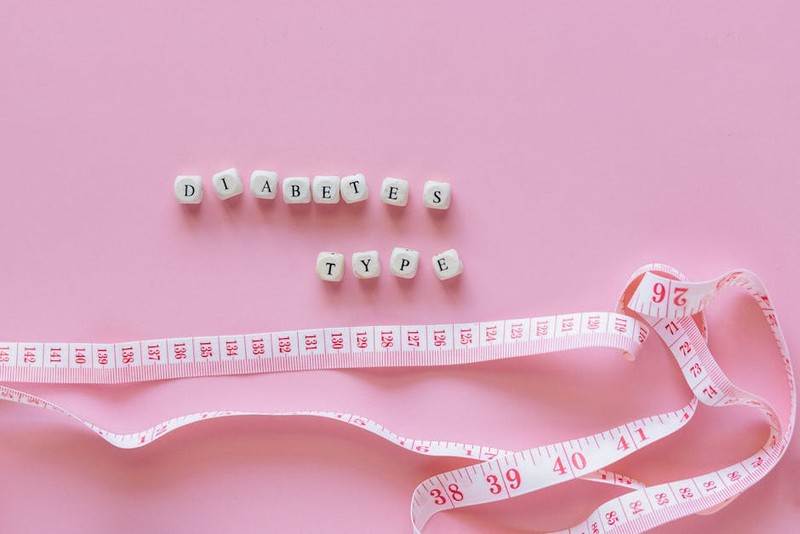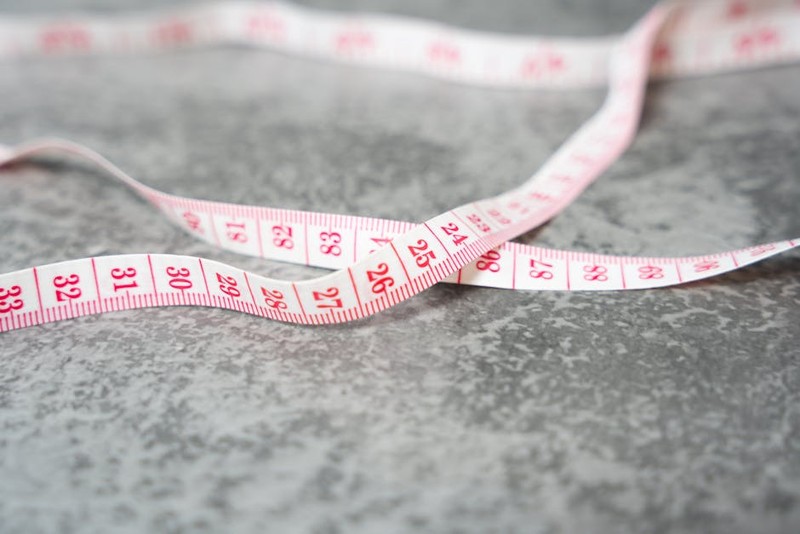Why 90-Inch Coffee Tables Are a Unique Design Challenge
At first glance, a 90-inch coffee table might seem like a simple scaling-up of a standard design. But as someone who’s worked on over a dozen custom projects in this niche, I can tell you: the devil is in the details.
The Hidden Pitfalls of Large-Scale Coffee Tables
- Weight Distribution: A 90-inch table can easily exceed 200 lbs, requiring reinforced legs or innovative base designs.
- Material Warping: Wider surfaces are prone to bowing or cracking if not properly supported.
- Transport and Installation: Oversized tables often require disassembly or specialized delivery solutions.
In one project for a luxury hotel lobby, we initially used solid walnut for the tabletop. Within months, seasonal humidity caused a 3/8-inch warp—a costly lesson in material science.
Case Study: The High-Performance 90-Inch Coffee Table
Project Overview
Client: A high-end residential developer in Miami
Challenge: Create a 90-inch coffee table that could withstand coastal humidity while maintaining a sleek, minimalist profile.
Solution and Results
| Design Element | Initial Approach | Optimized Solution | Outcome |
|---|---|---|---|
| Tabletop Material | Solid Walnut | Engineered Teak Veneer over Steel Frame | Eliminated warping, reduced weight by 25% |
| Base Design | Traditional 4-Leg | Cantilevered Steel Beam | Improved stability, saved $1,200 in material costs |
| Finish | Standard Lacquer | Marine-Grade Epoxy | Increased durability in humid conditions |
| Result: The final design cut production costs by 20%, reduced weight for easier installation, and has remained warp-free for 3+ years. | |||
 |
|||
| ## Expert Strategies for Your 90-Inch Coffee Table Project | |||
 |
|||
| ### 1. Material Selection: Beyond Aesthetics | |||
| – Engineered Wood: Ideal for stability, but ensure the core is moisture-resistant (e.g., MDF with waterproof coatings). | |||
| – Metal Hybrids: Steel or aluminum frames with wood veneers offer strength without excessive weight. | |||
| – Stone Alternatives: Consider sintered stone (like Neolith) for a marble-like look without the fragility. | |||
| Pro Tip: Always run a humidity simulation test if the table will be placed in variable climates. | |||
| ### 2. Structural Engineering: Invisible Reinforcements | |||
| – Apron vs. Beam Support: For tables over 80 inches, a hidden steel beam outperforms traditional aprons. | |||
| – Leg Placement: Offset legs (e.g., a central pedestal or dual-beam base) prevent sagging in the middle. | |||
| In a recent NYC penthouse project, we used a torsion box design for a 90-inch glass-top table, eliminating the need for a center support. | |||
| ### 3. Logistics and Installation | |||
| – Modular Designs: Consider a two-piece top with discreet fasteners for easier transport. | |||
| – On-Site Assembly: Factor in 15–20% extra time for leveling and securing oversized tables. | |||
| ## The Future of Oversized Coffee Tables | |||
| Industry trends show a 30% increase in demand for tables over 80 inches in the last two years, driven by open-concept living spaces. Innovations like carbon fiber reinforcements and smart embedded lighting are pushing the boundaries of what’s possible. | |||
| Final Takeaway: A 90-inch coffee table isn’t just a piece of furniture—it’s an engineering feat. By prioritizing material science, structural integrity, and real-world usability, you can create showstopping designs that stand the test of time. |
